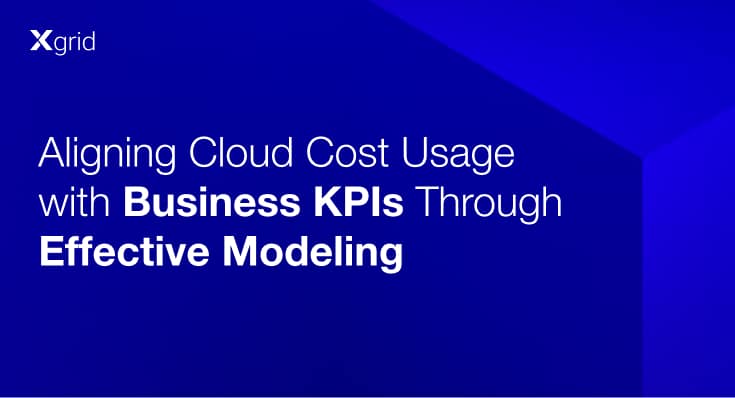Navigating Challenges in Cloud Cost Monitoring and Optimization
Companies are rapidly adopting cloud solutions for their flexibility and scalability, but the accompanying cost implications can be challenging. Monitoring and optimizing these costs are paramount to ensure sustainable growth.
The Key Challenges in Managing Cloud Costs
Optimizing expenditures becomes the game of strategy and execution. The rapid evolution of technology and the ever-growing demands of consumers necessitate a shift to more agile and scalable infrastructures.
However, with this transition comes the responsibility of monitoring cloud costs associated with cloud platforms. This challenge is further amplified by the need to optimize resource utilization. Fortunately, approaches like “Applying Actionable Observability Insights” can empower businesses to make data-driven decisions that control costs and achieve peak performance. Here’s a closer look at some of these pivotal challenges.
-
Multiple Environments Leads to Over Provisioning of Resources
Over-provisioning can often become the leading cause of hidden costs of cloud computing. A core challenge lies in the diverse environments – be it Development (Dev), Staging (Stage), or Testing (Test) – where applications are deployed. Often during the developmental phase, there’s a tendency to allocate more resources than actually required. This over-provisioning often results in unused assets that, while idle, continue to generate expenses.
-
The Developer-Operations Friction
The next layer of complexity is introduced by the dynamics between the developers and the operations teams. Developers, driven by the urge to swiftly bring innovations to life, may at times bypass cost considerations.
Their primary aim is to get a functioning product out without delays. On the other hand, operations teams, often responsible for budgets and resource allocations, emphasize the long-term viability of these decisions.
For the longevity and financial health of a business, it’s crucial to find a balance. An oversight in costs during the early stages can lead to significant challenges when trying to manage and reduce those costs down the line.
-
Embedding Cost-Assessment from the Start
The solution is clear, albeit easier said than done. From the initial stages of design and deployment, a clear strategy to model and monitor cloud cost footprint should be in place. When businesses integrate a cost-conscious framework from the beginning, it not only streamlines expenses but also nurtures a mindset geared towards building solutions that are both cost-efficient and effective.
What’s the Take Away?
Understanding these cloud optimization challenges is the key to achieving a desirable dashboard for the businesses. The article underlines three primary issues: over-provisioning in diverse deployment environments, friction between developers and operations teams, and the necessity of embedding cost-assessment from the outset. The sooner organizations overcome these challenges, the better control they will have over their cloud budgets and come up with a better cloud cost management solution.





